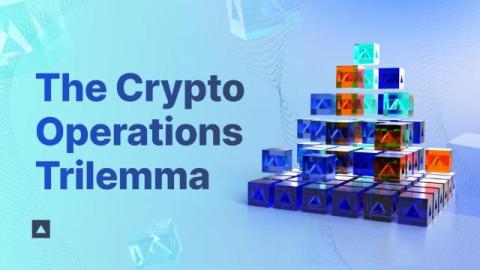How Scalper Bots Evaded Detection to Snatch Oasis Tickets
At 8:00 on Saturday, 31st August 2024, millions of people were poised to be part of pop culture history. Four days earlier, on 27th August, seminal Britpop heavyweights Oasis shocked the music world by finally confirming their long-awaited reunion. The reconciliation of brothers Liam and Noel Gallagher sent fans into a frenzy. For millions worldwide, it was essential to get tickets to one of the 17 announced gigs. The demand was enormous.










